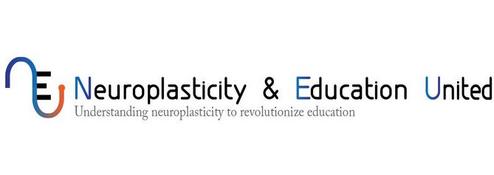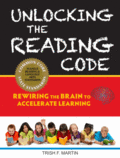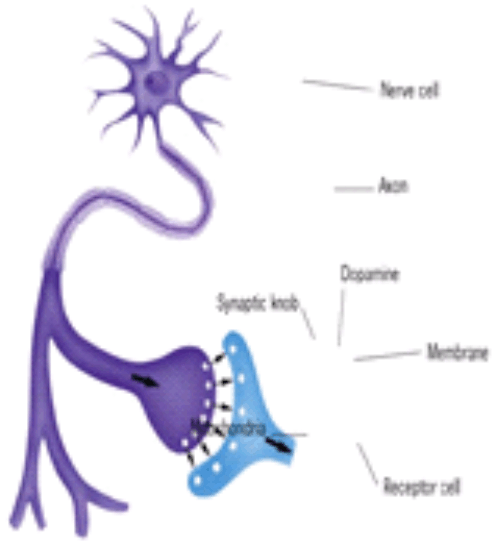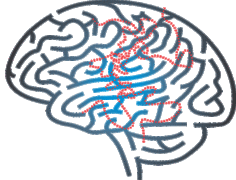Trish F. Martin, President
contact@unlockingthereadingcode.com
616.676.READ
Literacy Brain Connection, LLC
We begin with the most basic question: What is ‘Rewiring the Brain’? Up until recent years, scientists originally thought that the brain became stagnant and stopped developing after the first few years of life. This ‘hardwire’ theory was constructed on the belief that the neuron-to-neuron cell network within the brain was fixed and immobile, thus preventing the possibility of establishing new neural connections. Today’s research has changed this paradigm from ‘hardwire’ to ‘rewire’ forever. Now scientists know that the brain is plastic and can continue to grow new cells throughout an individual’s lifetime. Neurons are capable of connecting to other cells as they blaze new neural pathways in the brain. Neuroplasticity defines the ability of the brain to restructure itself based on repetitive practices if done correctly. This brain plasticity will occur only in an attending or focused brain, making paying close attention to what you are doing a requirement to successfully drive and strengthen neurologic pathways. We now know that YOU have the power to remodel and improve your brain.
Brain cells follow the well-known motto: “use it or lose it.’ This concept was introduced by Dr. Donald Hebb’s research now commonly known as “Hebb’s Law”, which summarized a key strategy for how brain cells function: “cells that fire together, wire together”. This phrase illustrates an important principle in neuron
We are what we repeatedly do. Excellence, then, is not an act, but a habit. – Aristotle
What is Rewiring?
biology. For example: if brain cell A is in close proximity to brain cell B and every time cell A jumps it continuously makes cell B jump, over time both cells will begin firing together and jump when cell A is activated. This creates a stronger, more functional brain pathway and has powerful influences on learning and memory.
Because of these new possibilities, President George Bush proclaimed Congress’s decree of “The Decade of the Brain” in July, 1990. Federal and private research funds began to flood neuroscience projects. Through this new and fascinating research, WE now know that we have the power to change the success of our students. WE can impact their lives forever just by learning how to present explicit instruction and by determining how much practice is required to establish stronger pathways for each task. (www.loc.gov/loc/brain/proclaim.html).
This neuroplastic design can influence an array of areas:
Medical Significance: Neuroplasticity or rewiring the brain opens up new possibilities for all learners, young and old, because scientists reveal that new brain cells form throughout our lifetime. Through this process, medicine is finding new solutions to alleviate degenerative ailments like Alzheimer’s, Parkinson’s, Huntington’s as well as strokes and epilepsy.
Educational Significance: Neuroplasticity can also revolutionize education. No longer is it acceptable to have such high numbers of our students not reading at grade level. According to the U.S. Department of Education more than 60% of K-12 school aged children are reading below the level of proficiency needed to read the classroom text book. (SOURCE: U.S. Department of Education, Institute of Education Sciences, National Center for Education Statistics, National Assessment of Educational Progress (NAEP), various years, 1992–2011 Reading Assessments.) These students can learn to read, and all we have to do is learn how to present the correct information more effectively.
We can help children learn by understanding:
• The brain can change.
The brain can change.
• It can grow new cells.
It can grow new cells.
• It can change the function of old cells.
It can change the function of old cells.
• Focused practice will strengthen the cell pathways
Focused practice will strengthen the cell pathways
Rewiring the Brain is most successful when four environmental stimuli presentations are applied to learning: (FIRM) Focused Attention, Intensity and Emotion, Repetition and Mental Effort .
The picture below shows unstimulated brain cells;
Now… look at the brain showing stimulated brain cells;
notice the increase in cell connections along with stronger pathways. This brain has many pathways to allow a message to get from one place to another for learning.








